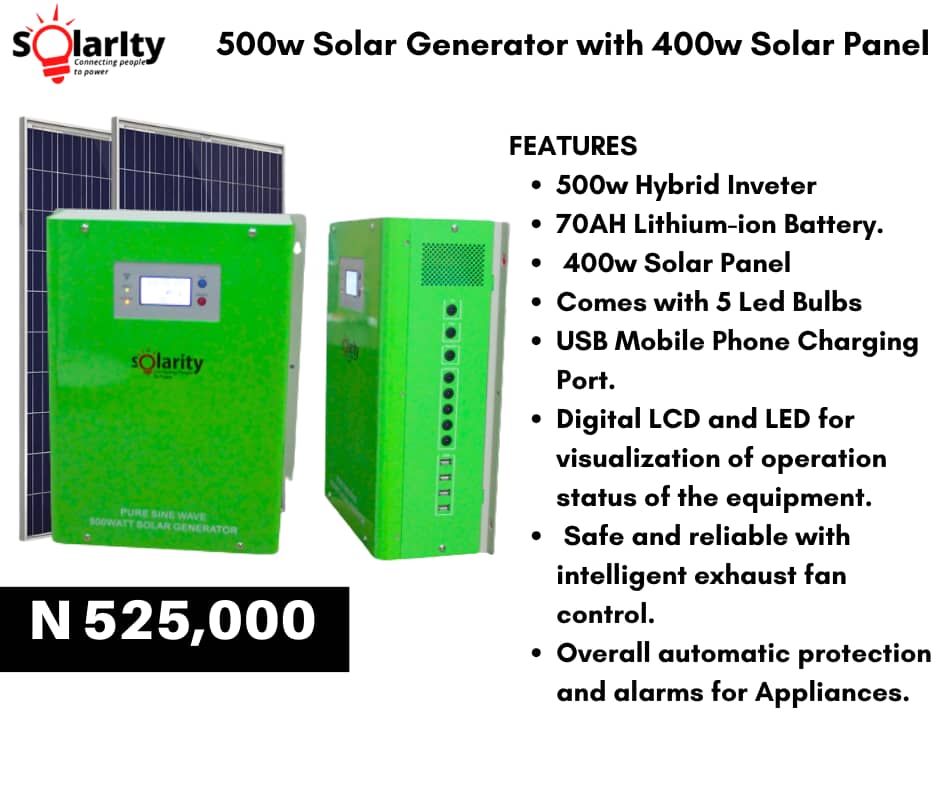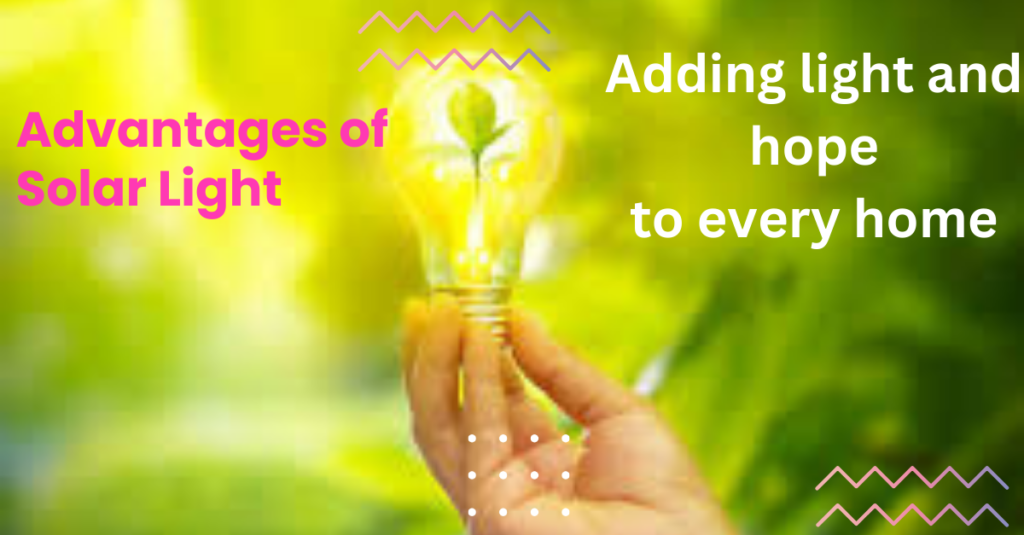Solar Generator Repair Guide
Today, we’ll walk you through the process of identifying issues and performing basic repairs on your solar generator.” Section 1: Preliminary Checks checking connections and components. “Before diving into repairs, let’s conduct some preliminary checks to identify potential issues.” Check Connections: Ensure all cables and connections are secure. Examine the solar panel, battery, and inverter connections. Inspect Solar Panels: Look for physical damage or debris on solar panels. Clean panels if necessary. Battery Inspection: Check the battery for any signs of damage or corrosion. Measure battery voltage. Section 2: Diagnosing Issues Host explaining potential problem Now that we’ve done some basic checks, let’s move on to diagnosing specific issues.” Low Power Output: Check for shading on solar panels. Examine the charge controller for faults. Verify battery health. Inverter Issues: Test inverter connections. Check for error codes or warning lights. Test the inverter’s functionality. Battery Problems: Inspect battery connections. Test battery voltage and capacity. Replace if necessary. Section 3: Repair Steps demonstrating repair steps. “Now that we’ve identified potential issues, let’s move on to the repair steps.” Connection Fixes: Tighten loose connections. Replace damaged cables. Solar Panel Maintenance: Clean panels using a gentle solution Thank you for reading our guide on repairing a solar generator. We hope this article piece of information has been helpful. Remember to always prioritize safety when working with electrical components. If you encounter complex issues, consider seeking professional assistance. Happy repairing!”
Solar Generator Repair Guide Read More »


